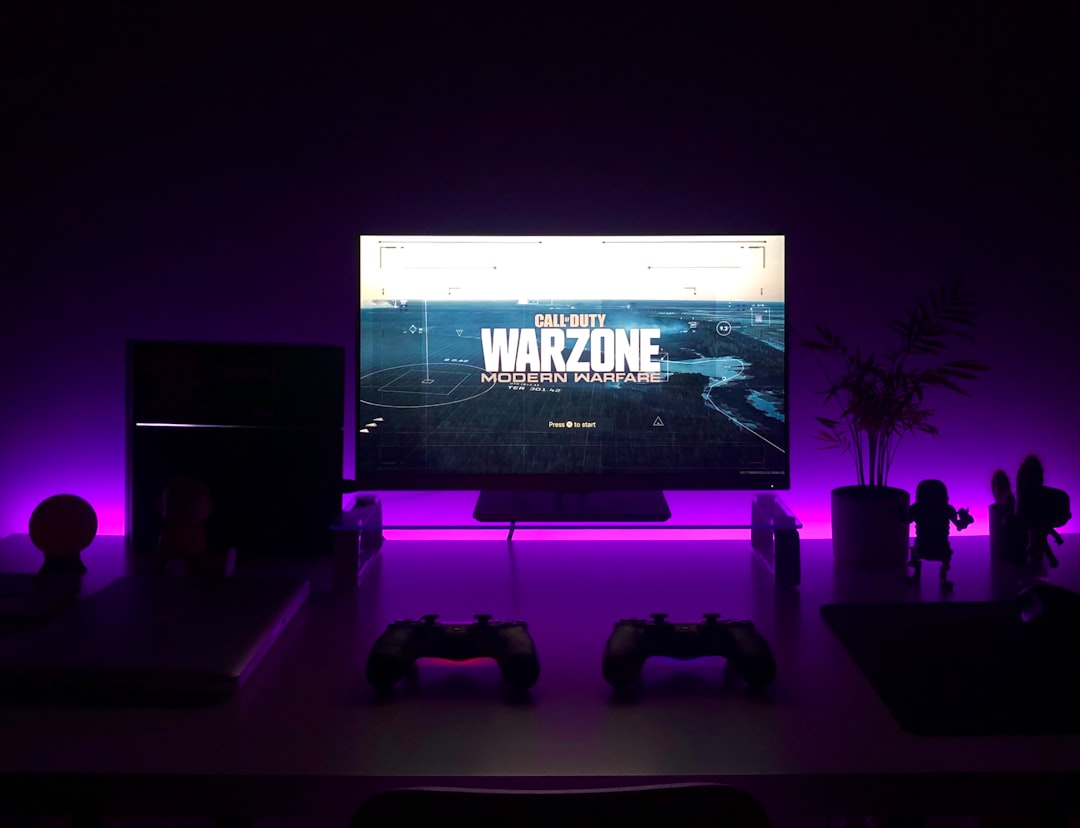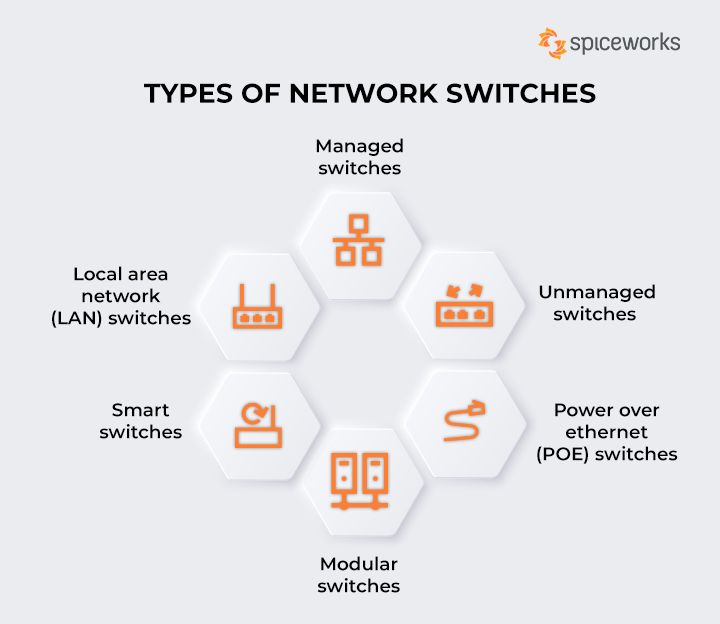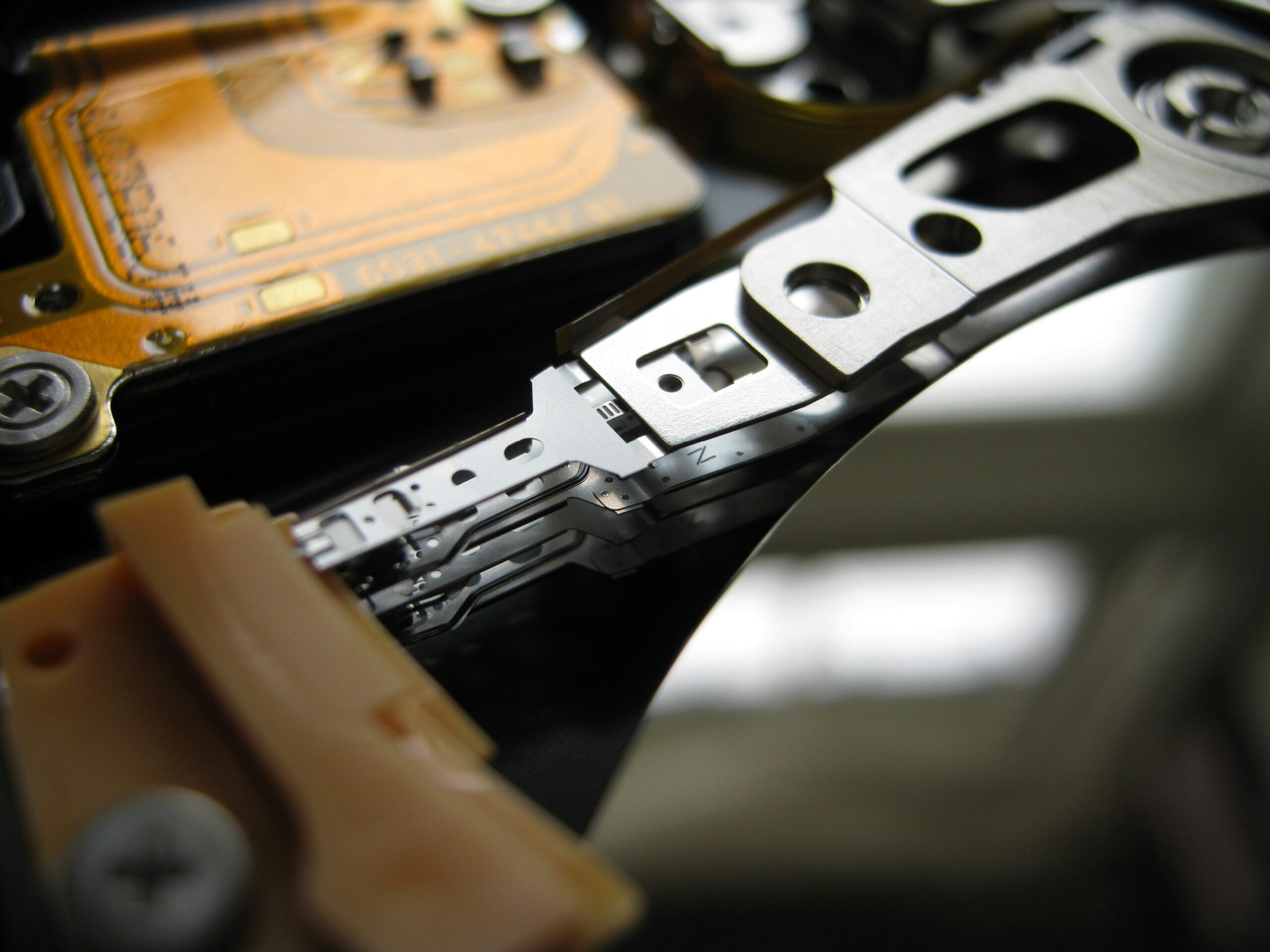Ever considered how the gaming industry is set to surpass $200 billion by 2023, driven not just by game sales but by the hardware supporting these immersive experiences? Crafting high-performance gaming PCs has transformed from a niche hobby to a lucrative business venture. These systems are engineered for peak performance, attracting enthusiasts and professionals alike.
The evolution of gaming PCs began in the 1990s with the rise of custom-built rigs. Today, the market is flooded with customizable options catering to various preferences and budgets. By leveraging state-of-the-art components and addressing unique customer needs, businesses can tap into a consistent and growing demand for quality gaming hardware.
Exploring the Gaming PC Market
The gaming PC market is booming, showing no signs of slowing down. According to industry reports, revenues are expected to exceed $200 billion by 2023. This growth is driven by a strong demand for high-performance gaming hardware.
Current Trends in the Gaming PC Market
Advanced graphics cards and processors are constantly being released, enhancing gaming experiences. Gamers now seek more powerful systems that can handle the latest titles. Virtual reality and 4K gaming are also pushing the market forward.
Customization is becoming crucial for gamers. Many now want personalized setups with RGB lighting and unique case designs. This trend is encouraging manufacturers to offer more customizable options.
Segments in the Gaming PC Market
The market can be divided into pre-built systems and custom-built PCs. Pre-built systems are popular among novices, offering ready-to-use solutions. Custom-built PCs attract enthusiasts looking for tailored performance.
Another key segment is gaming laptops, which offer portability without sacrificing power. These machines are gaining traction among gamers who need mobility. High refresh rate screens and advanced cooling systems are standard features.
Understanding the Demand
The rise of esports is a major factor driving demand for gaming PCs. Competitive gaming requires top-notch hardware for peak performance. Streaming content on platforms like Twitch also fuels the need for robust systems.
Moreover, many users now use gaming PCs for multiple functions. Tasks such as video editing and graphic design benefit from the high specs of gaming hardware. This versatility adds to their appeal.
Components of High-Performance Gaming PCs
Building a high-performance gaming PC requires careful consideration of its components. Each part plays a crucial role in delivering the best gaming experience. Let’s explore the essential components that make up a powerful gaming rig.
Graphics Card
The graphics card, or GPU, is one of the most critical components for gaming. It renders the images and effects that make games visually stunning. Popular choices include NVIDIA’s RTX series and AMD’s Radeon cards.
High-end GPUs provide better frame rates and smoother gameplay. This is vital for competitive gaming and immersive experiences. Ray tracing technology adds realism by simulating how light behaves in the game.
To keep the GPU performing well, proper cooling is necessary. Many GPUs come with built-in fans and heatsinks. Ensuring good airflow inside the case enhances performance and longevity.
Processor (CPU)
The CPU, or central processing unit, is the brain of the computer. It processes instructions from games and other software. Top choices include Intel’s Core i7 and i9, as well as AMD’s Ryzen series.
High clock speeds and multiple cores are crucial for gaming. A faster CPU ensures that games run smoothly without lag. Overclocking can push the CPU beyond its standard limits for even better performance.
When selecting a CPU, compatibility with the motherboard is essential. Some CPUs require specific chipsets or socket types. Researching this ensures all parts work together harmoniously.
Memory (RAM)
RAM, or random-access memory, affects how smoothly a game runs. It stores data that the CPU needs quick access to. For gaming PCs, 16GB of RAM is often recommended.
Higher-capacity RAM allows for better multitasking. It lets you run games while streaming or using other applications. Fast RAM speeds also contribute to quicker load times and overall performance.
When installing RAM, ensure it’s compatible with your motherboard. Many motherboards support dual-channel memory, which doubles the data rate. This setup enhances the overall efficiency of the system.
Building a Gaming PC
Building a gaming PC is an exciting project that offers numerous benefits. By selecting each component yourself, you can customize the performance and look of your machine. This ensures that it meets your specific gaming needs and preferences.
The first step involves selecting a compatible set of components. Key parts include the CPU, GPU, motherboard, RAM, storage, and power supply. Using online tools, you can check compatibility to avoid any issues during assembly.
Once you have your components, it’s time to assemble them. Begin by placing the motherboard inside the case and securing it. Next, install the CPU, RAM, and GPU, ensuring that each part is properly seated in its slot.
After assembling the main components, connect the power supply and storage drives. Consult the manuals for each part to make sure all connections are correct. Finally, close the case, power on the system, and install your operating system to get started.
Marketing and Selling Gaming PCs
Marketing and selling gaming PCs require a targeted strategy. Identifying your audience is the first crucial step. Gamers often look for high performance and customizability in their systems.
Utilize social media platforms to reach potential customers. Showcase the features and benefits of your gaming PCs through video demos and reviews. Engage with gaming communities to build trust and visibility.
Offering competitive pricing and financing options can attract more buyers. Many gamers are willing to invest in a high-quality setup if given flexible payment plans. Limited-time offers and discounts can also drive sales.
Customer service is key to retaining clients. Provide comprehensive support and guides for setup and troubleshooting. This ensures a seamless experience, which can lead to positive reviews and repeat business.
Collaborate with influencers to widen your reach. Influencers can showcase your gaming PCs to their followers, driving more interest and traffic to your site. This strategy can amplify your brand’s visibility in the gaming community.
Lastly, leverage SEO to improve your online presence. Use relevant keywords in your product descriptions and blogs. This helps potential customers find your products easily through search engines.
Challenges and Opportunities in the Gaming PC Business
The gaming PC business is filled with both challenges and opportunities. One key challenge is the rapid pace of technological change. Keeping up with the latest hardware can be both costly and time-consuming for businesses.
Supply chain issues can also impact the market. Shortages of crucial components like GPUs and CPUs can delay production. This can affect pricing and availability for consumers.
On the flip side, there are significant opportunities in this space. Customization has become a big selling point. Offering personalized builds attracts a wider range of customers.
There’s also a growing market for high-performance gaming laptops. These devices combine portability with power, appealing to both gamers and professionals. This segment offers a promising avenue for growth.
Esports is another booming industry driving demand for gaming PCs. Partnering with esports teams and events can boost brand visibility. This opens up a new customer base eager for top-tier hardware.
Finally, sustainability is becoming a crucial factor. Offering energy-efficient components and recyclable materials can set a brand apart. This appeals to environmentally-conscious consumers looking for more than just performance.
Frequently Asked Questions
Here are some common questions related to creating and selling gaming PCs. These FAQs cover various aspects, from technical details to business strategies, providing insights for both newcomers and seasoned professionals.
1. What components are essential for building a gaming PC?
The essential components for building a gaming PC include the CPU, GPU, RAM, motherboard, storage drives (SSD or HDD), power supply unit (PSU), and a case. Each of these parts plays a critical role in determining the overall performance and functionality of the system.
Additionally, cooling solutions like fans or liquid coolers are crucial to manage heat. A good monitor, keyboard, and mouse complete the setup. Customization options such as RGB lighting can also enhance the aesthetic appeal.
2. How do I choose the right graphics card for my gaming PC?
Choosing the right graphics card depends on your gaming needs and budget. High-end GPUs like NVIDIA’s RTX series offer superior performance with features like ray tracing but come at a higher price.
If you’re on a budget, mid-range cards can still provide excellent performance for most games. Always check compatibility with other components, especially your CPU and PSU. Reviews and benchmarks can also guide your decision.
3. How can I market my custom-built gaming PCs effectively?
Effective marketing involves showcasing the unique features of your builds through social media platforms like Instagram and YouTube. Engaging content such as video demos and customer reviews can attract potential buyers.
Collaborating with influencers in the gaming community is another strategy to widen your reach. Offering promotions such as limited-time discounts or packages with additional peripherals can also boost sales.
4. What are common challenges faced when selling gaming PCs?
Selling gaming PCs comes with several challenges including supply chain issues that affect component availability. Keeping up with rapidly changing technology requires constant updates to inventory and expertise.
Another challenge is providing reliable customer support to handle technical issues efficiently. Building trust through excellent service helps retain customers in this competitive market.
5. How important is customer service in the gaming PC business?
Customer service is vital in the gaming PC business as it directly impacts client satisfaction and retention rates. Promptly addressing issues ensures customers have a smooth experience from purchase to usage.
A strong support system that includes troubleshooting guides, responsive helplines, and active online forums not only solves problems but also builds brand loyalty. Happy customers often lead to positive reviews and referrals.
Conclusion
Creating and selling gaming PCs is both a rewarding and challenging venture. By staying updated with the latest technology and understanding your customers’ needs, you can offer high-performance machines that stand out in the market. Effective marketing and excellent customer service further solidify your brand’s reputation.
As the gaming industry continues to grow, opportunities will expand for those willing to innovate. Addressing challenges such as supply chain issues and rapid technological change is crucial. With the right strategies, your business can thrive and become a trusted name in the gaming community.







Leave a Reply
You must be logged in to post a comment.